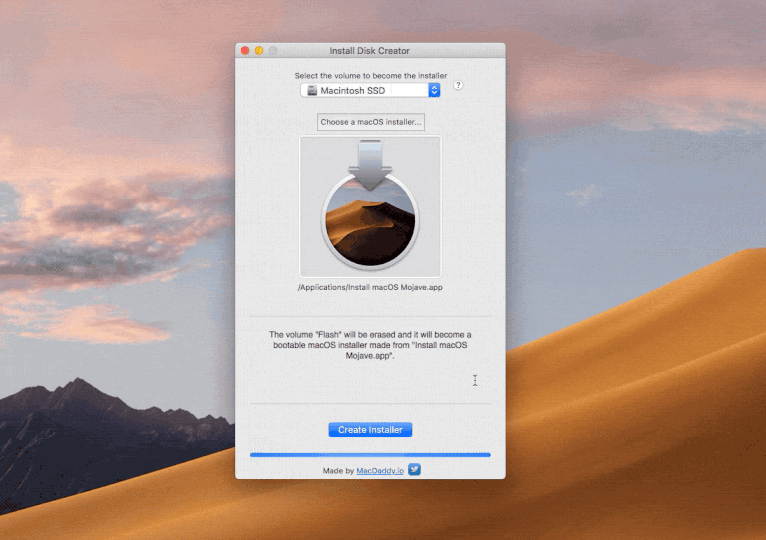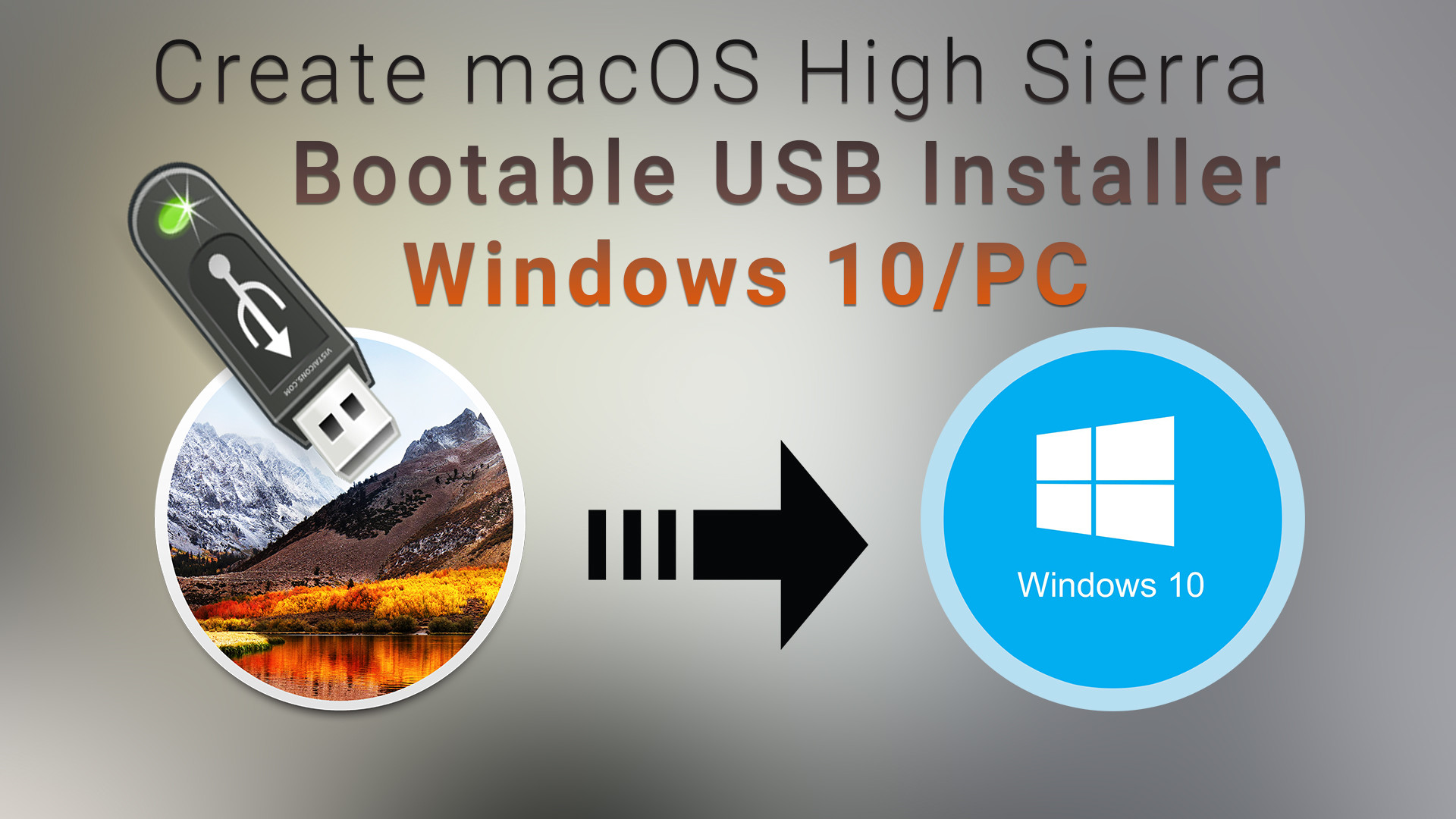Mac Osx Boot Usb
- Setting Up Boot Order. Upon completion, your Mac will likely boot into Ubuntu automatically. If so, the GRUB bootloader has taken over: we need to reassert rEFInd’s control. Follow the instructions in this guide to use efibootmgr from within Ubuntu to solve the problem. There might be a shortcut, though.
- CD/DVD drives are disappearing from computers, leaving USB storage as the only option when re-installing an operating system. The process is fairly painless and, if you have a bit of time and patience you can complete the task on a Mac.

The current release is 0.14. It is available in various forms. Both disk image distributions include the Installer package and can be burned as a bootable CD as well. All three binary distributions can be used to install rEFIt on a USB memory stick or other disk drives. REFIt 0.14 (6.5M Mac disk image) rEFIt 0.14 (6.5M ISO disk image).
With a bootable Ubuntu USB stick, you can:
- Install or upgrade Ubuntu, even on a Mac
- Test out the Ubuntu desktop experience without touching your PC configuration
- Boot into Ubuntu on a borrowed machine or from an internet cafe
- Use tools installed by default on the USB stick to repair or fix a broken configuration
Creating a bootable USB stick is very simple, especially if you’re going to use the USB stick with a generic Windows or Linux PC. We’re going to cover the process in the next few steps.

Apple hardware considerations

Mac Os Boot Usb From Windows
There are a few additional considerations when booting the USB stick on Apple hardware. This is because Apple’s ‘Startup Manager’, summoned by holding the Option/alt (⌥) key when booting, won’t detect the USB stick without a specific partition table and layout. We’ll cover this in a later step.
